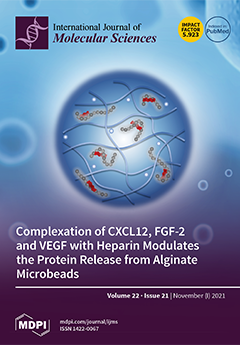The WRKY transcription factors (TFs) network is composed of WRKY TFs’ subset, which performs a critical role in immunity regulation of plants. However, functions of WRKY TFs’ network remain unclear, particularly in non-model plants such as pepper (
Capsicum annuum L.). This study functionally characterized CaWRKY30—a member of group III Pepper WRKY protein—for immunity of pepper against
Ralstonia solanacearum infection. The
CaWRKY30 was detected in nucleus, and its transcriptional expression levels were significantly upregulated by
R. solanacearum inoculation (RSI), and foliar application ethylene (ET), abscisic acid (ABA), and salicylic acid (SA). Virus induced gene silencing (VIGS) of
CaWRKY30 amplified pepper’s vulnerability to RSI. Additionally, the silencing of
CaWRKY30 by VIGS compromised HR-like cell death triggered by RSI and downregulated defense-associated marker genes, like
CaPR1,
CaNPR1,
CaDEF1,
CaABR1,
CaHIR1, and
CaWRKY40. Conversely, transient over-expression of
CaWRKY30 in pepper leaves instigated HR-like cell death and upregulated defense-related maker genes. Furthermore, transient over-expression of
CaWRKY30 upregulated transcriptional levels of
CaWRKY6,
CaWRKY22,
CaWRKY27, and
CaWRKY40. On the other hand, transient over-expression of
CaWRKY6,
CaWRKY22,
CaWRKY27, and
CaWRKY40 upregulated transcriptional expression levels of
CaWRKY30. The results recommend that newly characterized
CaWRKY30 positively regulates pepper’s immunity against
Ralstonia attack, which is governed by synergistically mediated signaling by phytohormones like ET, ABA, and SA, and transcriptionally assimilating into WRKY TFs networks, consisting of
CaWRKY6,
CaWRKY22,
CaWRKY27, and
CaWRKY40. Collectively, our data will facilitate to explicate the underlying mechanism of crosstalk between pepper’s immunity and response to RSI.
Full article






